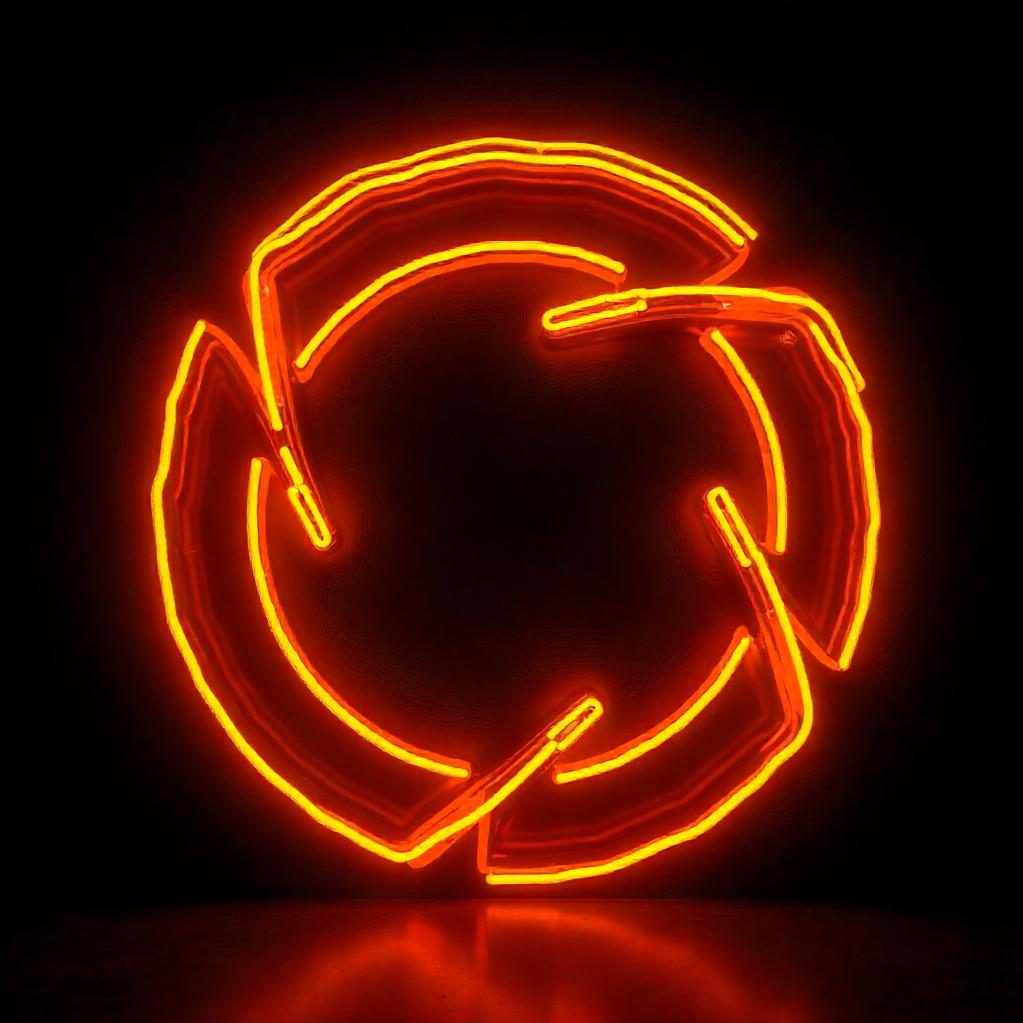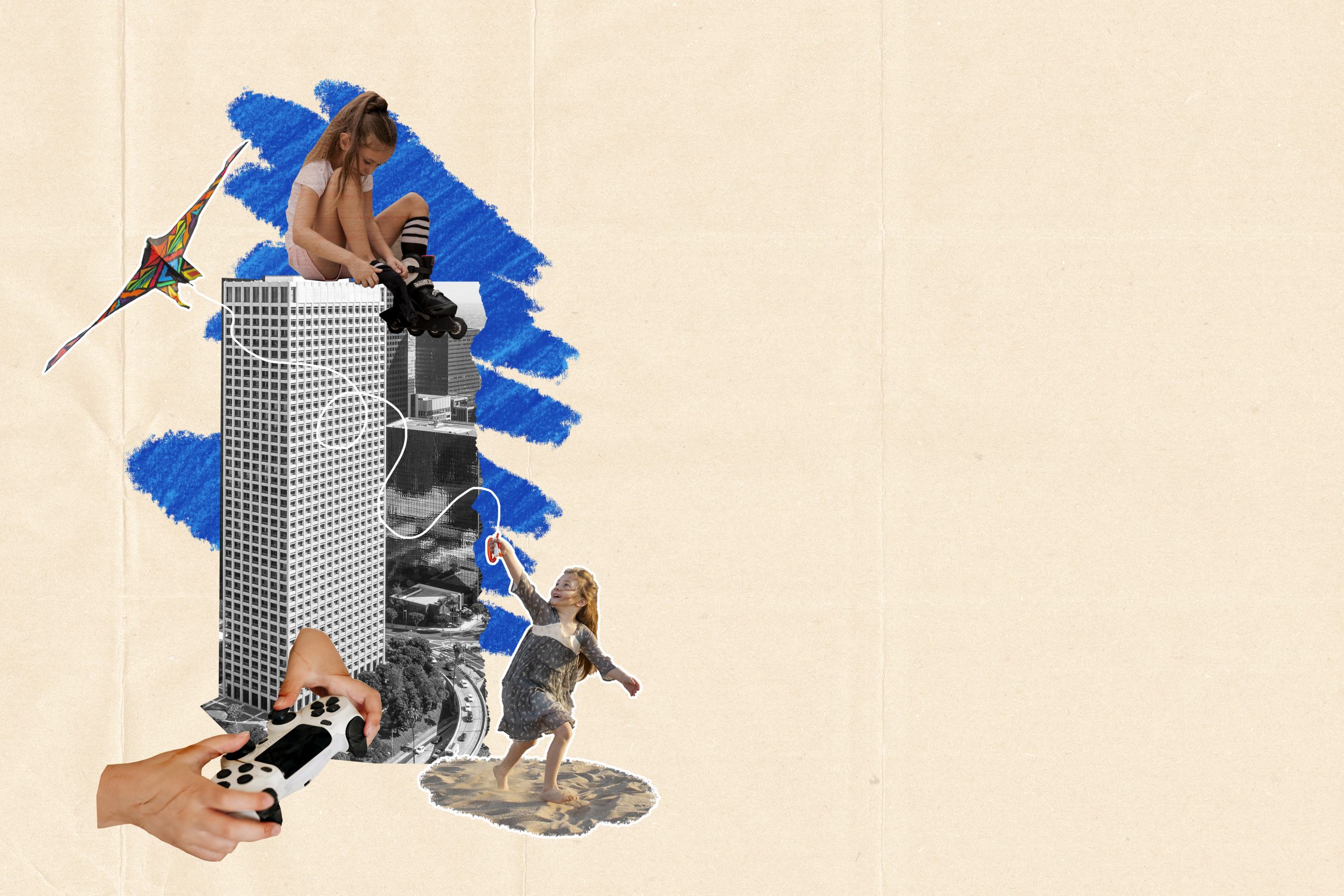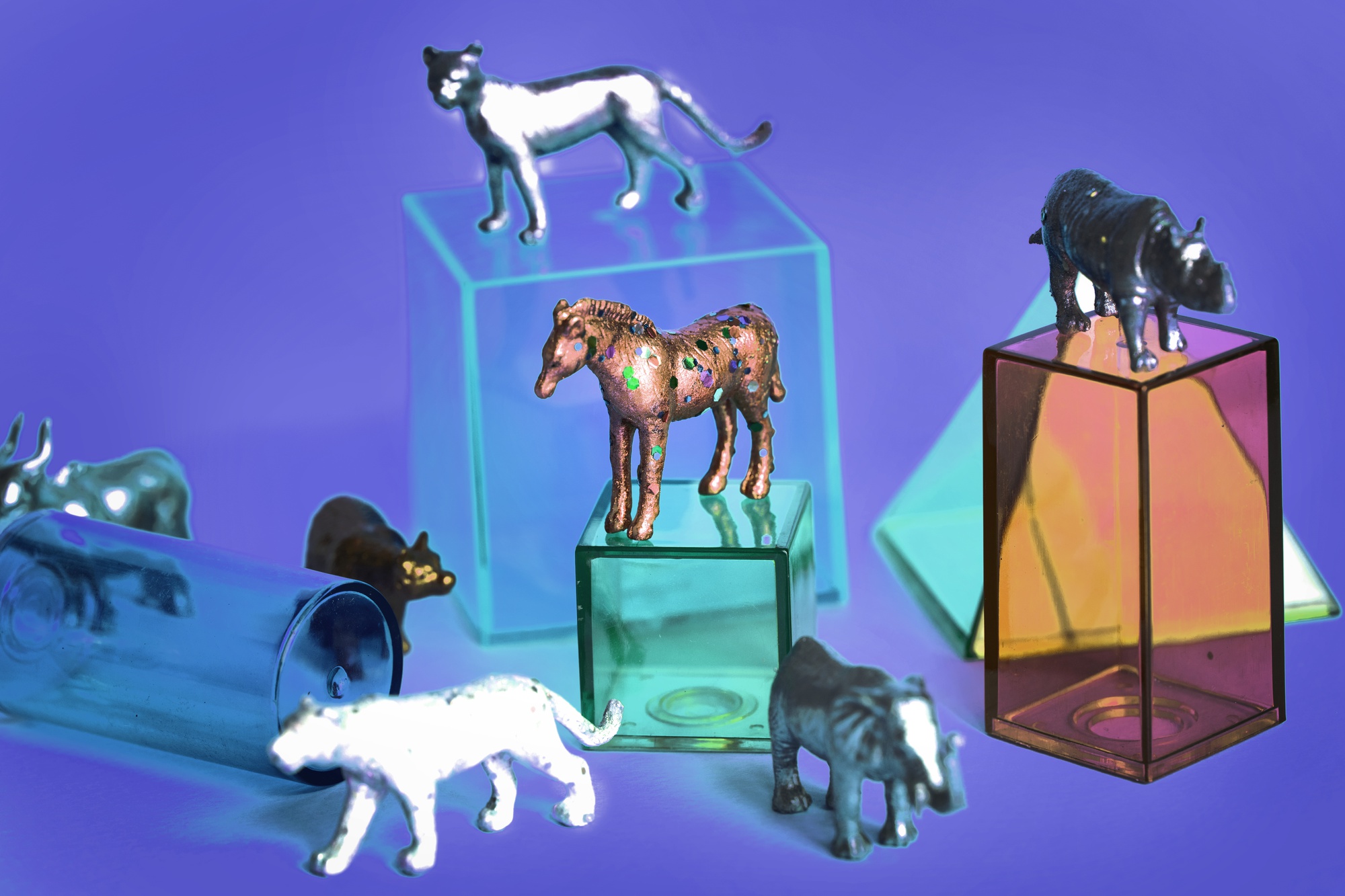In today’s fast-paced world, the lines between art and technology are increasingly blurred. Artists and technologists are working together to create groundbreaking works that push the boundaries of both disciplines. This intersection is not only transforming traditional art forms but also introducing new creative possibilities and experiences. Here, we explore how art and technology intersect and the exciting developments that are shaping this space.
1. Digital Art and Software Tools
Digital art is one of the most prominent ways that technology has impacted the art world. Artists now have access to powerful software tools such as Adobe Photoshop, Illustrator, and Procreate, which allow them to create stunning pieces on a digital canvas. Digital painting, 3D modeling, and animation are just a few examples of how technology has expanded the horizons for artists.
- Key Aspect: The rise of digital art has made it easier for artists to experiment with different techniques and styles without the constraints of traditional materials.
2. Virtual Reality (VR) and Augmented Reality (AR) in Art
Virtual reality and augmented reality are revolutionizing how people interact with art. VR creates immersive environments where viewers can explore and interact with art in a 3D space. AR, on the other hand, blends digital art with the real world, allowing viewers to see interactive elements through their smartphones or AR glasses.
- Key Aspect: These technologies offer an interactive and immersive experience, transforming static pieces into dynamic, ever-changing art forms that engage the viewer on a deeper level.
3. Artificial Intelligence (AI) and Machine Learning in Art Creation
AI is becoming a significant tool in the creation of art. Artists can now collaborate with machines to generate artwork, using algorithms and neural networks to produce unique designs. AI can also assist in tasks such as pattern recognition, color prediction, and even replicating styles of famous artists.
- Key Aspect: AI art challenges the traditional notions of authorship and creativity, as the line between human artist and machine becomes more difficult to distinguish.
4. Interactive Art and Technology
Interactive art merges technology and viewer participation, creating a dynamic and evolving experience. Sensors, motion detection, and sound elements are used to make the artwork respond to the viewer’s actions. This integration of technology allows for personalized, unique experiences with every interaction.
- Key Aspect: Interactive art invites viewers to become active participants, blurring the boundary between the artist and the audience, allowing the viewer to contribute to the creation process.
5. 3D Printing and Sculpture
3D printing technology has allowed artists to create sculptures with incredible precision and complexity. Artists can design their pieces digitally and then print them in materials ranging from plastic to metal. This method has opened up new possibilities in sculpture, enabling artists to create intricate and delicate forms that would be difficult to achieve by hand.
- Key Aspect: 3D printing challenges traditional notions of sculpture by allowing for precise replication of complex designs and offering a vast array of materials and techniques for production.
Conclusion
The intersection of art and technology is opening up exciting new avenues for creativity and innovation. As digital tools, AI, VR, AR, and 3D printing continue to evolve, the art world will undoubtedly keep expanding its boundaries, creating fresh experiences and forms of expression. The collaboration between artists and technology is an exciting frontier that promises to shape the future of art for years to come.



